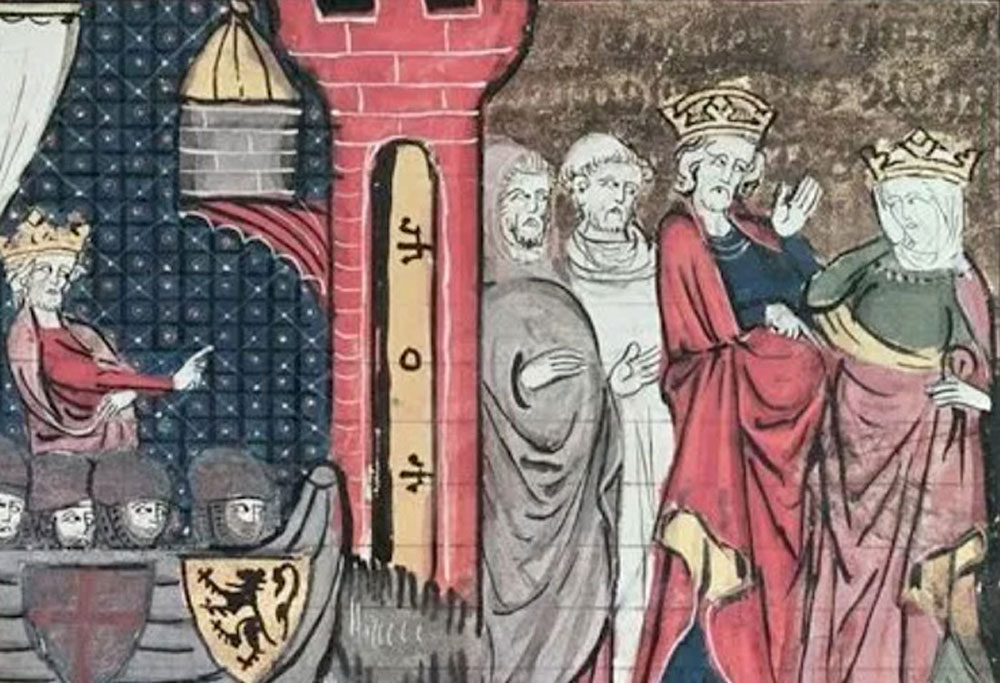Wall Street’s Charging Bull from Sicily
The charging bull a symbol of American economic power and is considered a true good luck charm by the most superstitious. However, few know that its realization is due to the brave Arturo Di Modica, who placed it in front of the Exchange without authorization, but the city decided to keep it
Any tourist who had the opportunity to walk around New York, stopping by Wall Street in search of fortune and fortune, would probably do a classic as unusual gesture: touching the testicles of the Charging Bull, the famous bull that stands near the headquarters of the Exchange. But not everyone knows that the history of this singular bronze work meets that of a daring Sicilian: Arturo Di Modica. He was an artist born in Vittoria in 1941 who moved to Florence after high school to attend the Academy of Fine Arts where he began to realize sculptures in marble, bronze and other metals. In 1973 he left Italy for New York and that was the turning point.
BEFORE WALL STREET. Fed up with the marginal role that art played in society, Arturo Di Modica had started making sculptures to donate to the inhabitants of New York. In 1977, after having built marble sculptures, the artist together with some of his friends had decided to leave them in the Rockfeller Center area at night, keeping an eye on police movements. However, placing 60-tons-marble statues without attracting attention proved impossible: the police noticed everything and called the then Mayor of New York, Abraham David Beame, who understood the potential success of the event, only decided to give a small ticket to this impertinent and brave young man.
THE BULL MYSTERY. It was the ’80s and the Big Apple was experiencing a serious financial crisis: in 1987 the Stock Exchange suffered a collapse. The Sicilian artist, who felt a deep connection with the city where he had decided to live, wanted to do something to encourage citizens. This is how the idea of the famous bull was born. A strong and vigorous animal that soars with its imposing horns as a symbol of economic recovery. Since 1987 until 1989 Arturo Di Modica undertook to make a bronze sculpture of 3.2 tons in his Manhattan house, a work which costed $350,000. Once the work was finished, the artist decided to abandon it in the city during the night one more time. That is how on 16th December 1989 the inhabitants of New York, passing in front of the entrance of the Exchange, they could not miss a 5-metres bull that no one had commissioned and of whose realization no one knew anything. However not everyone appreciated it, in fact, the executives of the Stock Exchange demanded the removal, but it was a minority compared to the multitude that appreciated it.
THE AMULET. Therefore, the New York City Department of Parks and Recreation decided to remove the sculpture from the Exchange and moved it to Bowling Street Park, at the start of the famous Broadway Street within the Financial District. Symbol of the rise and the financial recovery, the Charging Bull today is seen by all as an ʻamuletʼ. Arturo Di Modica has also made copies of the sculpture located in various parts of the world, but the unique and inimitable Wall Street Bull is destined to remain there forever.
Translated by Daniela Marsala



